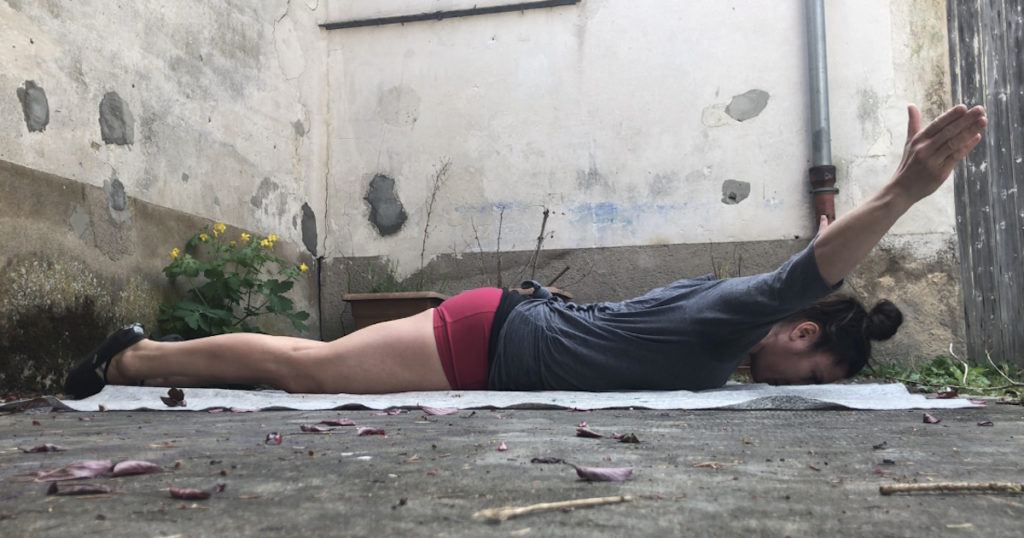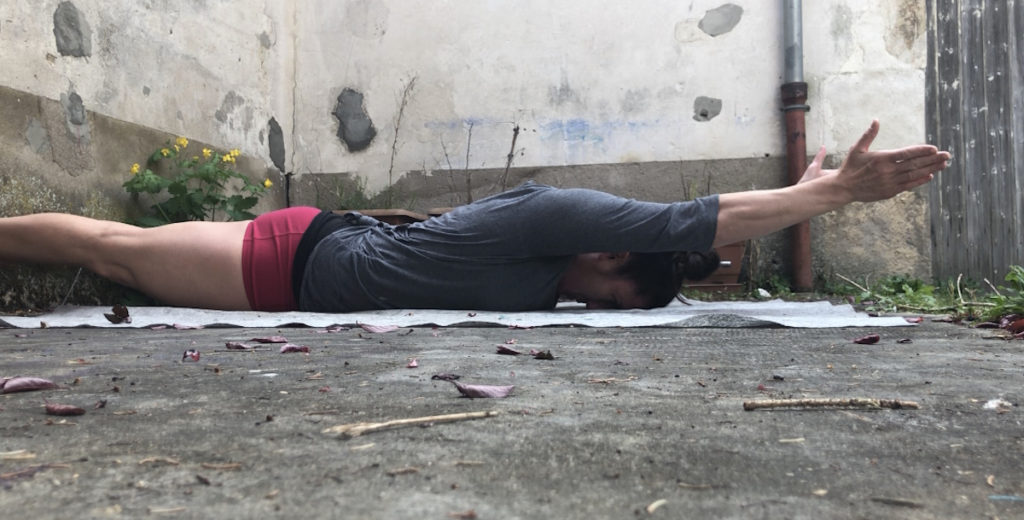What are isometrics?
They’re movements where your joints don’t move, and there isn’t a noticeable change in the length of your musculature.
Generally, when we think about isometric movements, we automatically think about plank holds, or maybe hollow body holds, or maybe even wall sits. But the isometric concept applies to pretty much any movement, including upper body pushing and pulling.
That’s on today’s agenda.
Why are isometrics useful for upper body strength work?
Isometric exercises allow you to be very joint position-specific, meaning they’re very effective at targeting specific areas of a movement, such as the last quarter of a pull-up, or the first quarter of a pull-up.
Another great example: If you’re weak at the bottom of a push-up, you can target that weak position with isometrics more effectively than just logging a lot of push-ups.
Or, let’s say you’re just learning how to do a pull-up. In this case, Isometrics are useful because they allow you to hold more weight than you can move. By this, I mean, even if you’re not yet strong enough to pull yourself from a dead hang hold position, you can still get huge value in jumping off a box until your chin is over the bar, and then holding isometrically in that position.
Finally, isometric movements tend to be very safe on the joints, because you’re not putting the same stress on your elbow, for example, as you would by doing a ton of pushing or pulling reps.
Let’s look at 7 simple bodyweight isometric movements you can do at home:
1. Doorway lateral raise
Stand in a doorway and extend your arms to the sides of the doorframe. Then press with the back of your hands into the doorframe as hard as you can—aiming for max effort contraction. Hold for 10 seconds. You should feel both your lats and your shoulders on fire.
5 sets of 10 second holds
2. Doorway pec fly
Stand in a staggered stance on one side of the doorway. Bring one arm out to the side and your elbow to the height of your shoulder. Then make sure your forearm is vertical. In this position, your bicep should be on the door frame, and your forearm resting on the wall beyond the doorway. You should effectively look as though you’re about to throw a baseball. From here, press into the wall as hard as you can and hold for two seconds. Repeat 10 times.
5 sets of 10 contractions with a two-second pause on each contraction.
3. TYIs
Laying face down, place your arms out to the side. Keep your elbows straight and raise your hands off the ground as if you’re making the letter T with your arms and body.

Hold for five seconds. Lower your arms and raise your arms so they’re at a 45 degree angle, effectively forming the letter Y. Raise your arms again, keeping your elbows straight and hold for five seconds. Relax again and bring your hands straight overhead.

Raise your arms off the floor again, keeping the elbows straight and hold again for five seconds, focusing on getting as long as possible as if you’re forming a capital I. These will tax your lats and your shoulders.

5 sets of 3 reps of each position—T, Y, I—with a 5 second hold at the top of each rep.
You can do these with just your bodyweight, or try them with a small amount of weight, such as a 2.5 lb. plate, or an object of a similar weight.
4. Wall press
Get into a split stance and drop into a half lunge. Then place your hands on the wall at chest height. Lean into the wall and push as hard as you can. The deeper you get into the lunge position, the more you will feel this in your shoulders. If you stay more upright, you’ll feel it more in your chest.
5 sets of 10 second holds.
5.. Tricep wall press
Assume the same lunge position as above. Place your fist on the wall at head height. Your forearms should also be touching the wall. Use your triceps to push your fists into the wall and hold for 10 seconds.
5 sets of 10 second holds.
6. Two-position isometric pull variation hold
Find something table that holds your bodyweight: A thick tree branch, a railing, a pull-up bar that sits in your doorway. Or you can use a table and turn these into an inverted chest to table holds, similar to an inverted barbell row.
Then hold with your chin over the treen branch or pull-up bar of sorts—your chest to the table if you chose that option—for 10-20 seconds. After you hold for 10-20 seconds, lower until your arms are at a 90 degree angle and then hold for another 10-20 seconds. The holds in these two positions make up one rep.
5 sets of 2 reps. Rest 30 seconds between reps.
7. Two-position isometric push variation hold
Depending on your level, you can do these as box push-ups, where you place your hands on a box, or push-ups with your hands on the floor, or handstand push-ups if you’re able to.
Start at the top of the push-up and descend halfway until your arms are at a 90 degree angle. Hold for 10 seconds, then lower until your chest is hovering one inch off the ground or box, or your head is hovering one inch from the ground. Hold for another 10 seconds. Both positions make up one rep.
5 sets of 2 reps. Rest 30 seconds between reps.
Two more tips:
1. Squeeze as hard as you can: The harder you squeeze your muscles, and the more tension you build throughout your body, the more you’ll get out of isometric movements. The point: Make it hurt.
2. Breathe: Don’t hold your breath. Keep breathing as you’re holding and squeezing. With each inhale, think about filling a balloon just behind your belly button. And as you exhale, push the air out of your nose and hang on for a count of five.